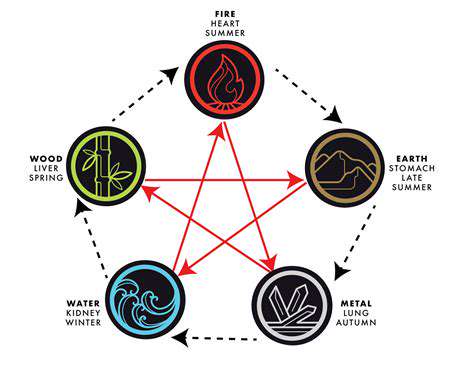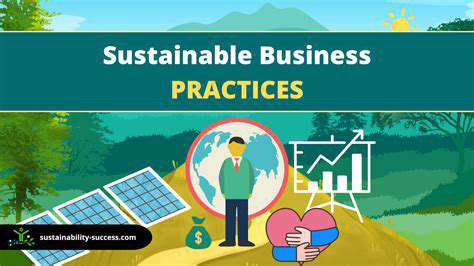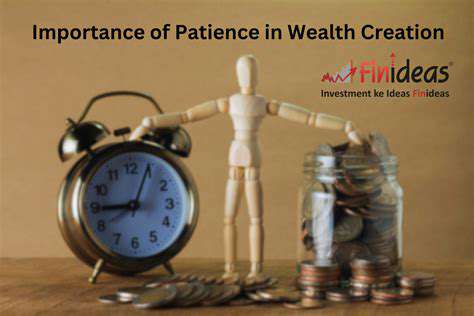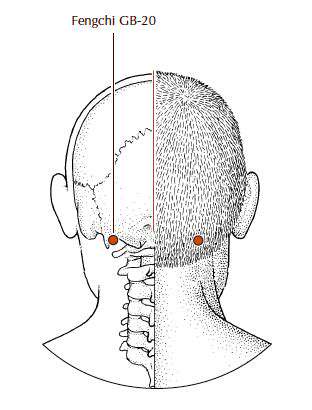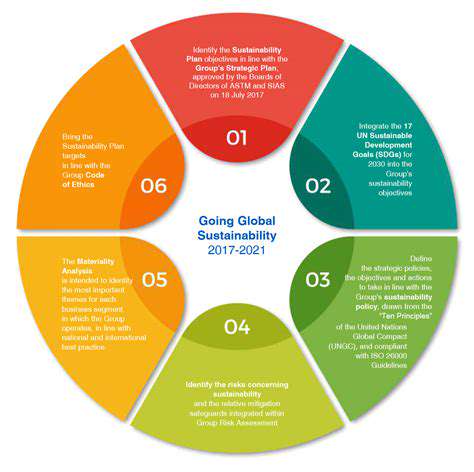The Truth About Organic Meat and Dairy
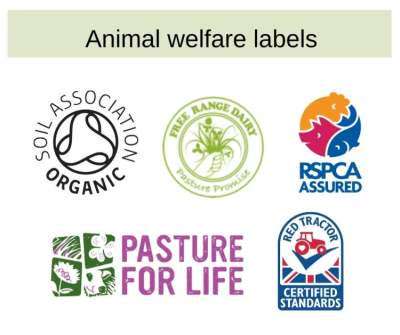
Understanding the Full Spectrum of Animal Welfare
Current labeling systems often oversimplify animal welfare into binary categories, but the reality is far more complex. Rather than focusing solely on preventing overt cruelty, we must consider the complete spectrum of an animal's physical and psychological requirements. True welfare requires addressing behavioral needs, social structures, and environmental factors that commercial labels frequently overlook.
Creating Stimulating Environments
Environmental enrichment plays a pivotal role in animal welfare that goes beyond basic needs. Providing dynamic habitats that encourage natural behaviors - from foraging to social interaction - significantly enhances quality of life. Research shows that animals in enriched environments demonstrate lower stress hormones and exhibit more species-typical behaviors than those in barren conditions. This approach benefits everything from farm animals to laboratory specimens.
Personalized Animal Care Approaches
Just as human healthcare has moved toward personalized medicine, animal care must recognize individual differences. Behavioral specialists note that temperament, past experiences, and even personality affect how animals respond to their environments. Caretakers who observe and adapt to these differences achieve better welfare outcomes than those using standardized approaches.
Preventive Healthcare Strategies
Modern veterinary medicine emphasizes prevention rather than treatment. Regular health monitoring, proper nutrition programs, and early intervention protocols can prevent many welfare issues before they arise. This proactive approach reduces suffering while often proving more cost-effective than treating advanced conditions.
Ethical Frameworks in Animal Research
The scientific community continues to refine ethical guidelines for animal research. The principle of the 3Rs (Replacement, Reduction, Refinement) has become the gold standard, pushing researchers to develop alternative methods while improving conditions for necessary animal studies. Institutional animal care committees now require rigorous justification for any research involving animals, ensuring each study maximizes potential benefits while minimizing harm.
Evolution of Agricultural Practices
Progressive farming methods demonstrate that animal welfare and productivity can coexist. Pasture-based systems that allow natural grazing behaviors not only improve animal health but also produce higher quality products. Farmers adopting these methods report lower veterinary costs and greater consumer satisfaction, proving that ethical treatment makes business sense.
Educating for Change
Public understanding of animal welfare issues has grown significantly in recent years. School programs, certification labels, and transparent farming practices all contribute to more informed consumer choices. This education drives market demand for higher welfare standards, creating a positive feedback loop that benefits animals and producers alike.
Sustainability in Practice: Comprehensive Environmental Strategies
Waste Reduction Innovations
Modern waste management goes beyond simple recycling. Circular economy models now design waste out of production systems entirely, with companies creating products meant for disassembly and reuse. Municipalities are adopting smart waste tracking systems to optimize collection routes and reduce fuel use, while consumers increasingly favor products with take-back programs.
The Renewable Energy Transition
Advances in energy storage and smart grid technology are solving renewable energy's intermittency challenges. Community solar programs and small-scale wind installations now make clean energy accessible to more users. Recent breakthroughs in perovskite solar cells promise to dramatically increase efficiency while lowering production costs.
Regenerative Agricultural Techniques
Forward-thinking farmers are adopting practices that rebuild soil organic matter and restore degraded land. Cover cropping, no-till methods, and integrated livestock-crop systems not only reduce environmental impact but often increase yields over time. These methods demonstrate that sustainability and productivity aren't mutually exclusive goals.
Water Stewardship Initiatives
New precision irrigation technologies use soil moisture sensors and weather data to apply water only when and where needed. Industries are implementing closed-loop water systems that recycle process water multiple times. These innovations are crucial as climate change alters traditional precipitation patterns.
Ecosystem Conservation Efforts
Conservation biology has shifted from protecting individual species to preserving entire ecosystems. Wildlife corridors now connect fragmented habitats, while urban planning incorporates green spaces that support native species. Citizen science programs engage the public in biodiversity monitoring, creating valuable data for conservation decisions.
Sustainable Consumption Models
The sharing economy and product-as-service models reduce overall resource consumption. Repair cafes and skill-sharing networks extend product lifespans, while digital platforms facilitate secondhand markets. Consumers increasingly value durability and repairability, driving manufacturers to design longer-lasting products.
Financial Considerations: A Balanced Perspective
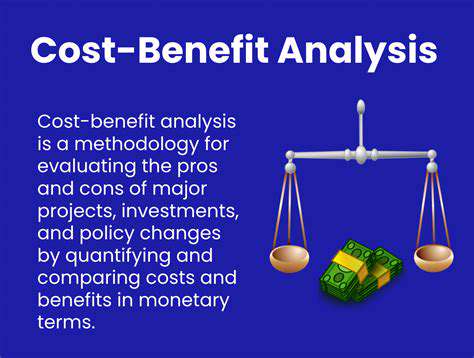
Comprehensive Budget Planning
Thorough financial planning requires examining both direct and indirect costs. Beyond equipment purchases, smart budgeting accounts for installation, training, and transition periods. Detailed scenario planning helps identify potential cost overruns before they occur. Many organizations now use predictive analytics to forecast expenses more accurately.
Managing Recurring Expenses
Modern accounting software provides real-time visibility into operational costs, allowing for proactive adjustments. Energy-efficient equipment often carries higher upfront costs but delivers significant long-term savings. Some businesses implement activity-based costing to better understand expense drivers across different operations.
Predictive Maintenance Strategies
IoT-enabled equipment can now predict maintenance needs before failures occur. Vibration sensors, thermal imaging, and oil analysis provide early warnings of potential issues. This predictive approach reduces downtime and extends equipment lifespan, ultimately lowering total cost of ownership.
Workforce Investment Analysis
Progressive organizations view personnel costs as investments rather than expenses. Comprehensive training programs increase productivity and reduce turnover costs. Flexible work arrangements can lower facility expenses while improving employee satisfaction and retention.
Innovative Financing Solutions
Green bonds and sustainability-linked loans offer favorable terms for environmentally beneficial projects. Crowdfunding platforms enable community-supported initiatives, while performance contracting allows payments based on achieved savings. These alternative models make sustainable projects financially accessible.
Risk Management Frameworks
Modern contingency planning incorporates stress testing and scenario analysis. Many organizations now maintain tiered reserve funds for different risk levels. Insurance products have evolved to cover emerging risks like climate-related disruptions.
Holistic ROI Evaluation
Contemporary ROI calculations include intangible benefits like brand value and employee satisfaction. Lifecycle costing provides a more complete picture than simple payback periods. Some organizations now quantify social and environmental returns alongside financial metrics, creating a more comprehensive view of value creation.



